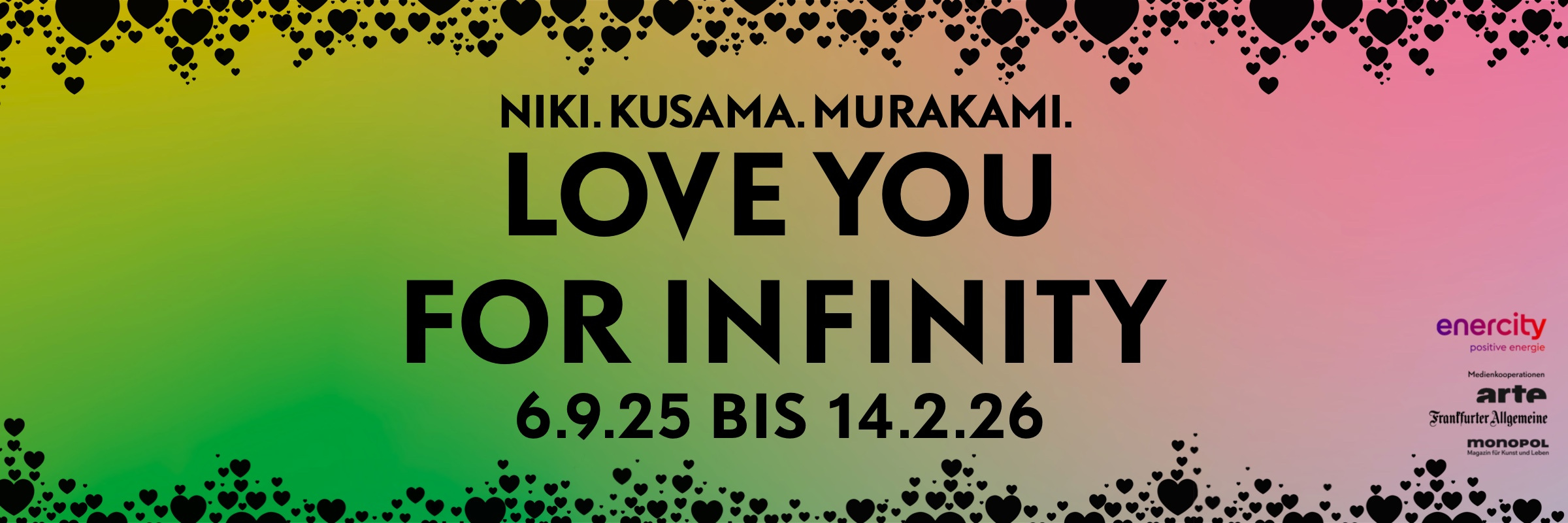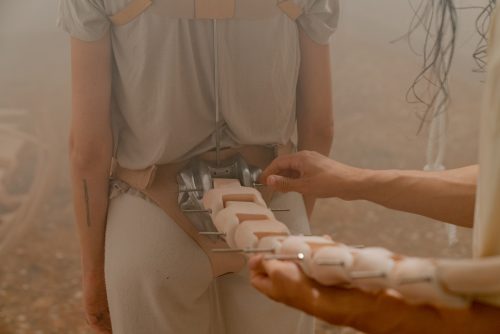
Ruben Mols
Moving & Storage
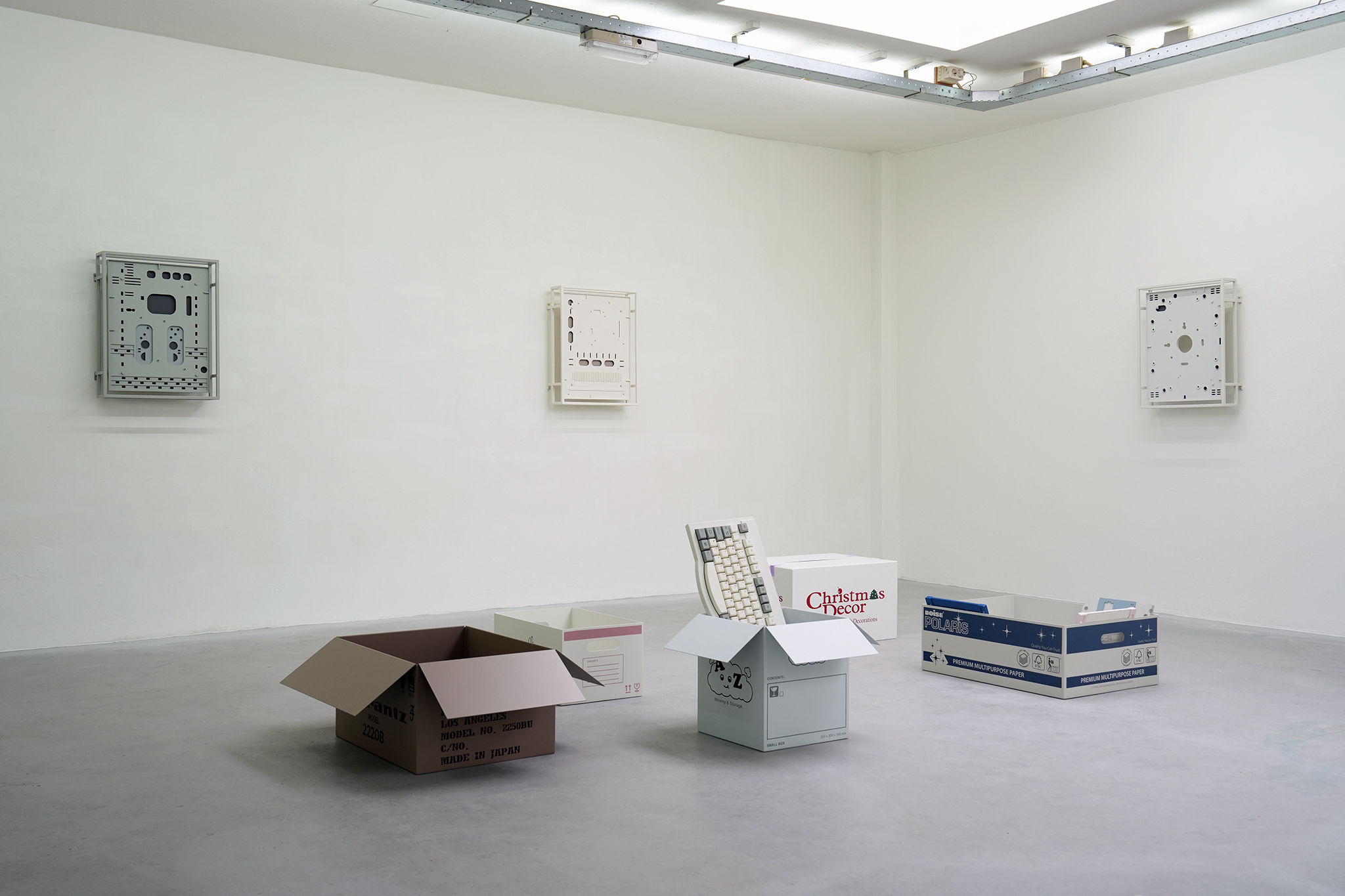
Ruben Mols, "Moving & Storage", Frank Taal Gallery, Rotterdam 2025. Exhibition View.
Advertisement
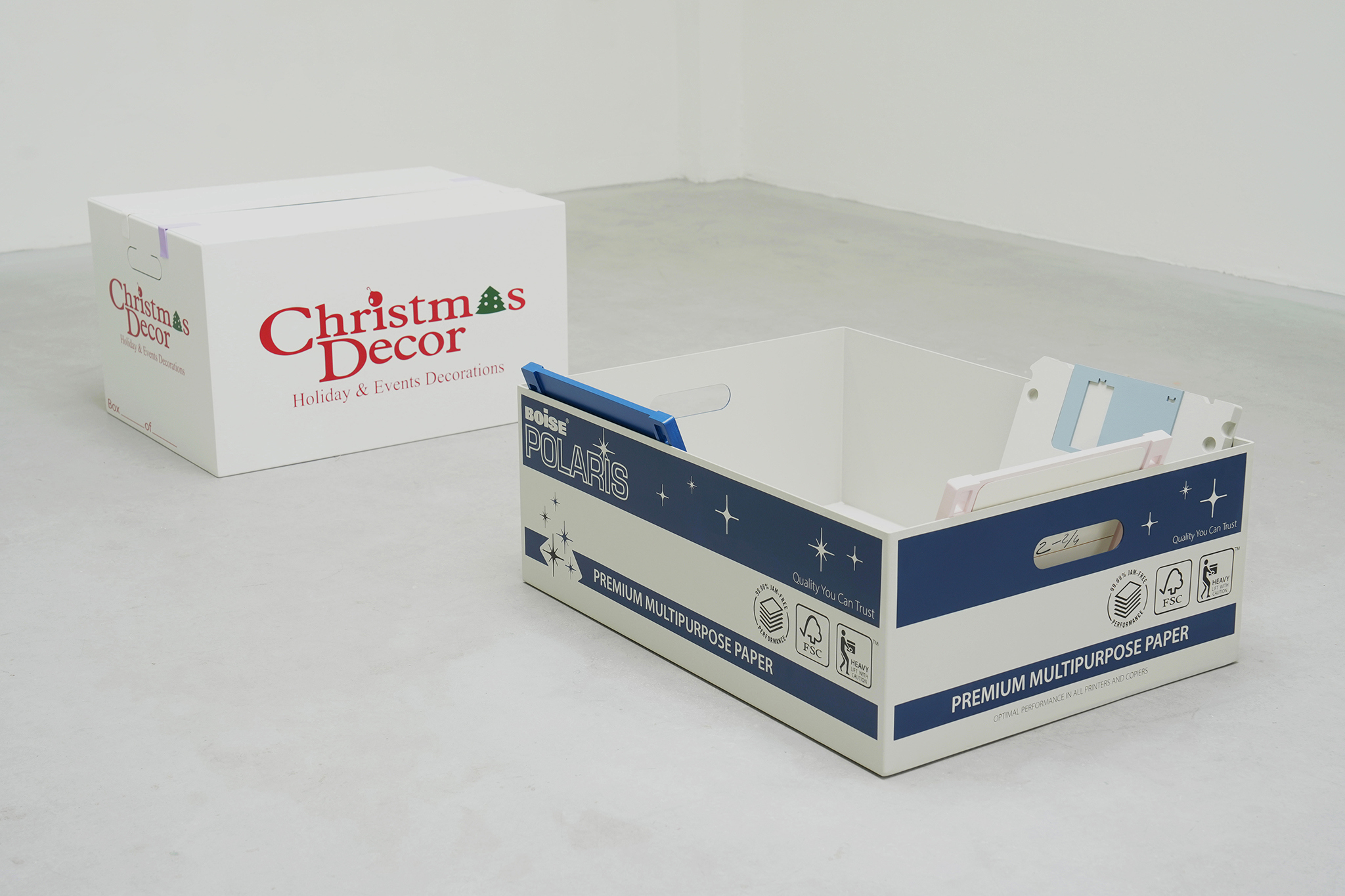
Ruben Mols, "Moving & Storage", Frank Taal Gallery, Rotterdam 2025. Exhibition View.
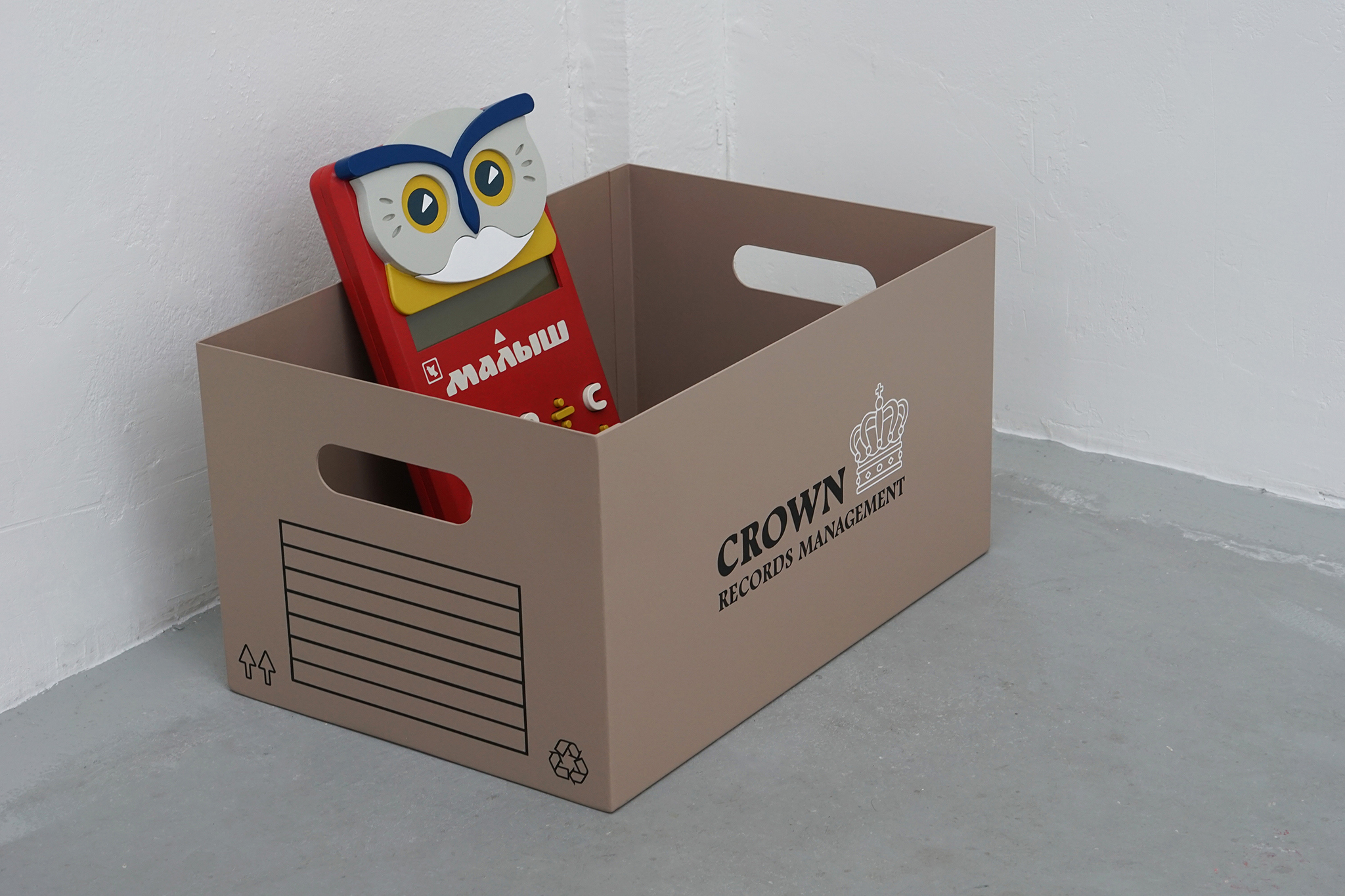
Ruben Mols, "Moving & Storage", Frank Taal Gallery, Rotterdam 2025. Close Up - Attic Memory / Executor.
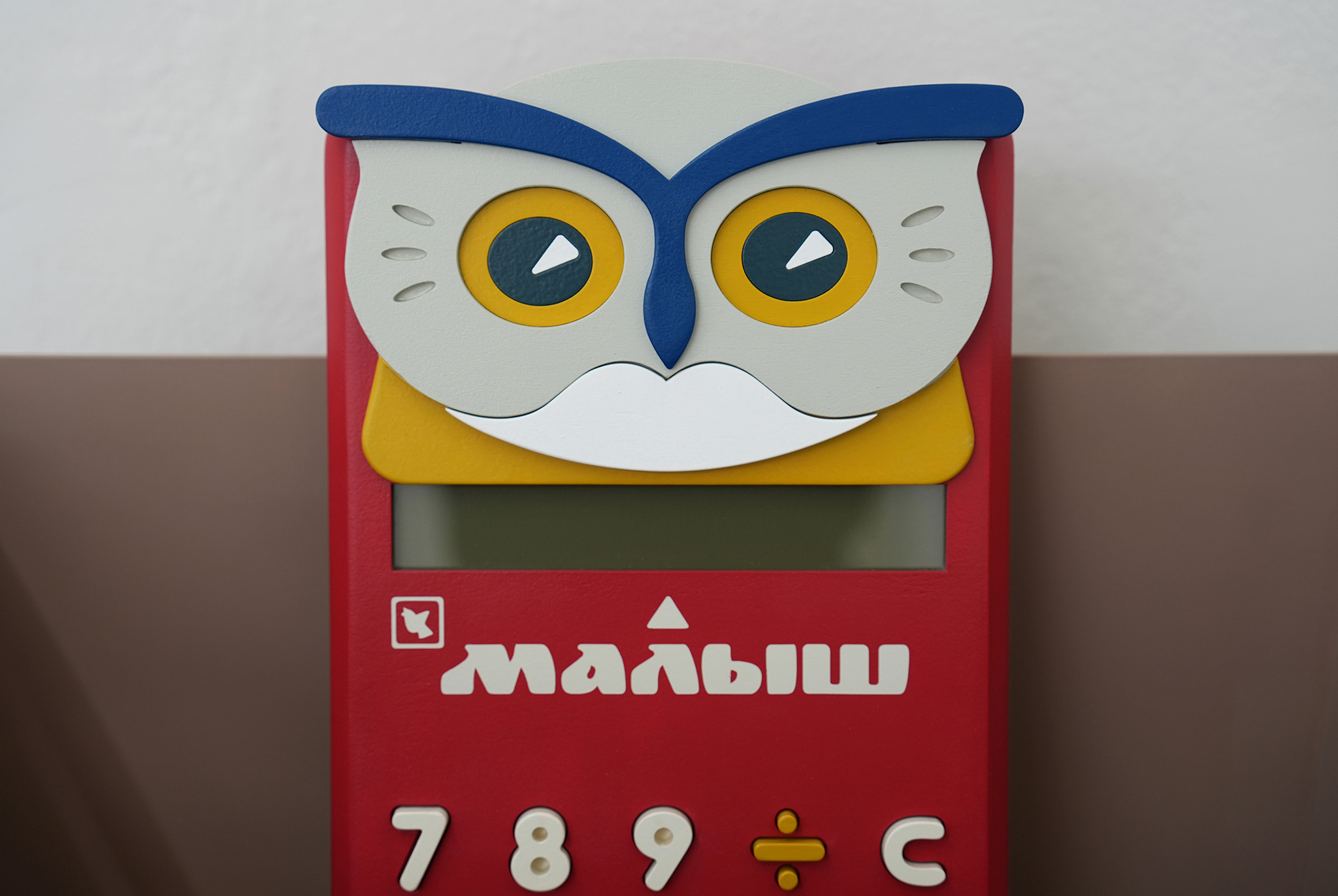
Ruben Mols, "Moving & Storage", Frank Taal Gallery, Rotterdam 2025. Detail - Attic Memory / Executor.
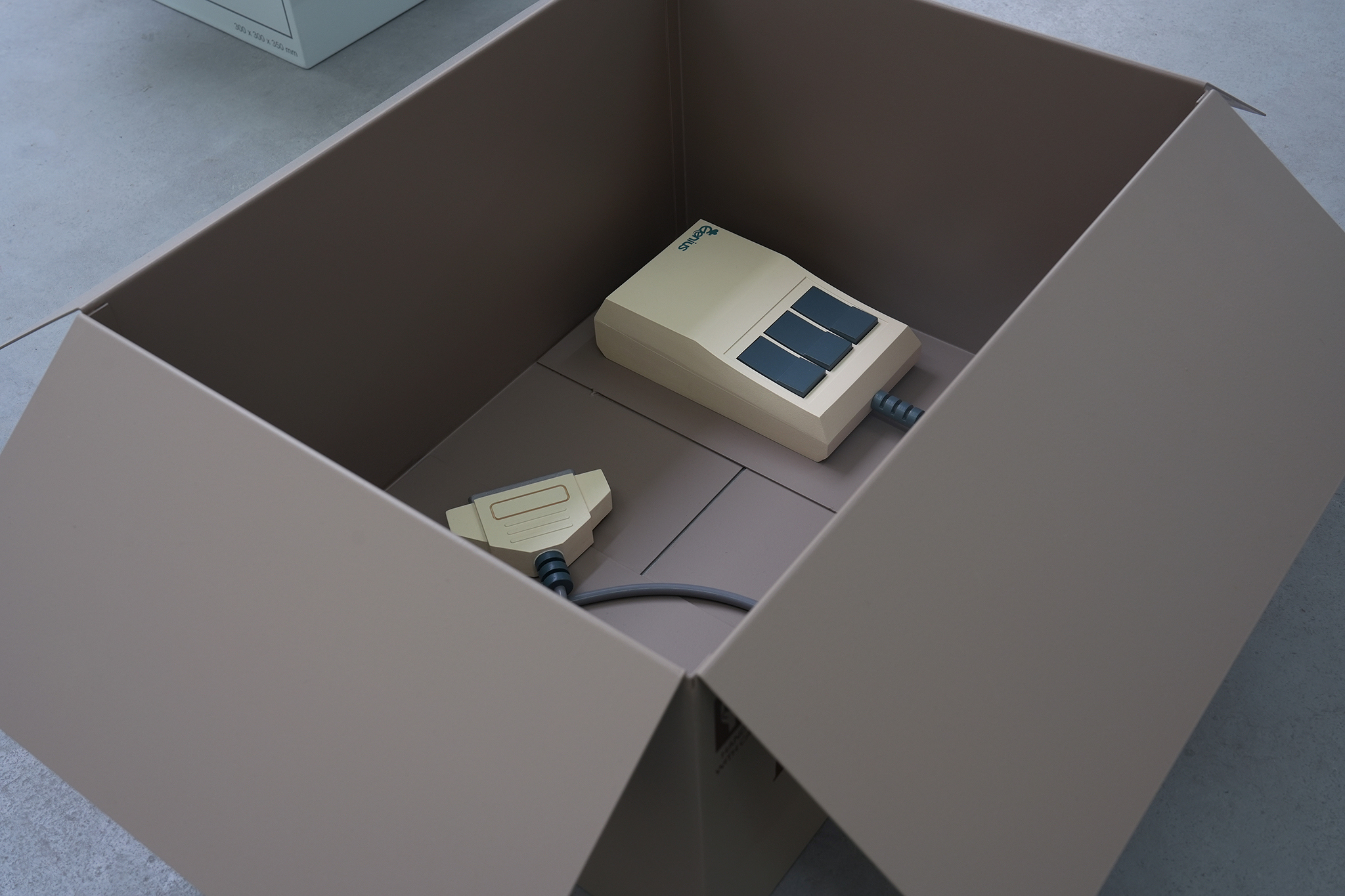
Ruben Mols, "Moving & Storage", Frank Taal Gallery, Rotterdam 2025. Close Up - Attic Memory / Navigator.
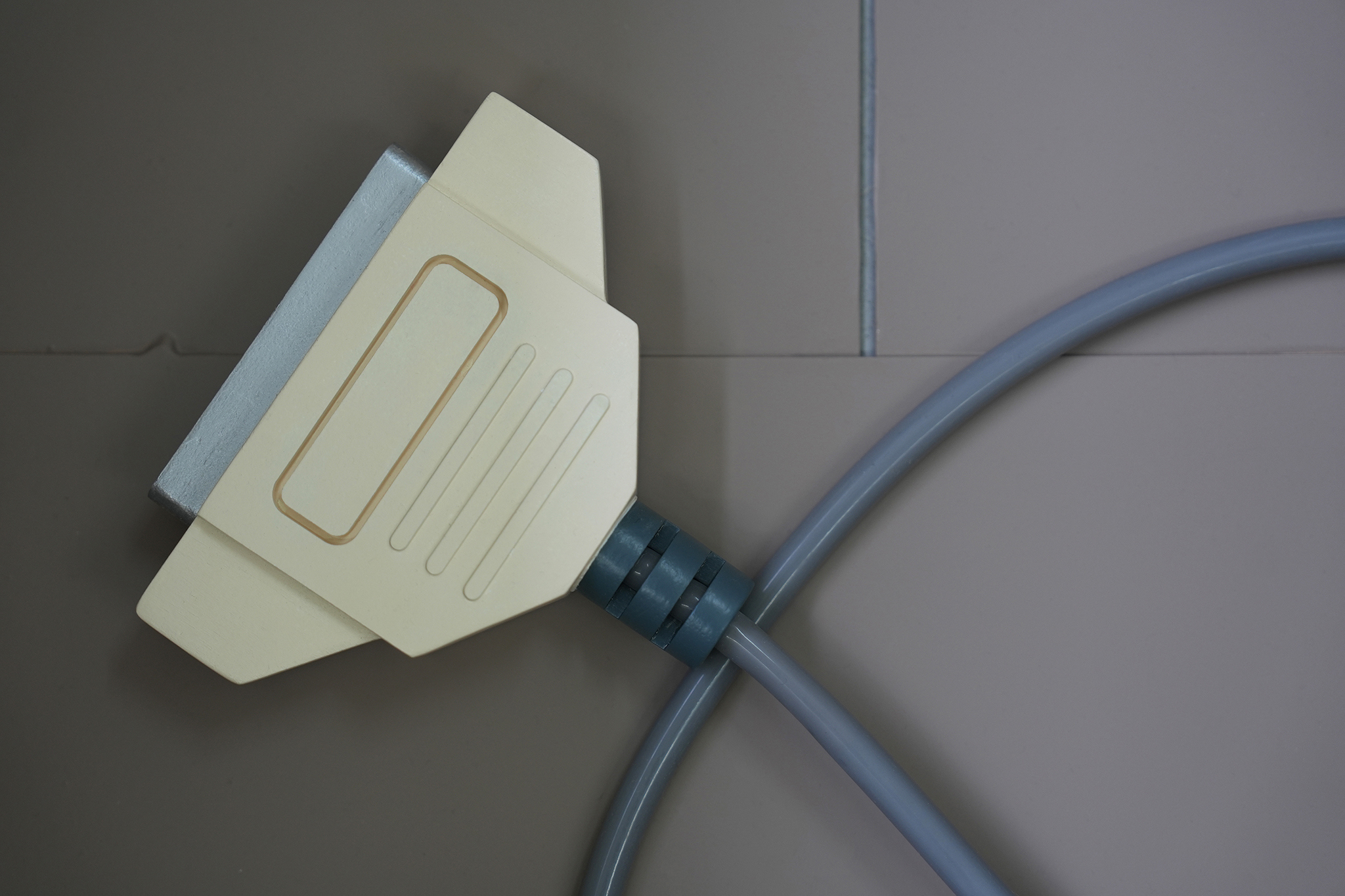
Ruben Mols, "Moving & Storage", Frank Taal Gallery, Rotterdam 2025. Detail - Attic Memory / Navigator.
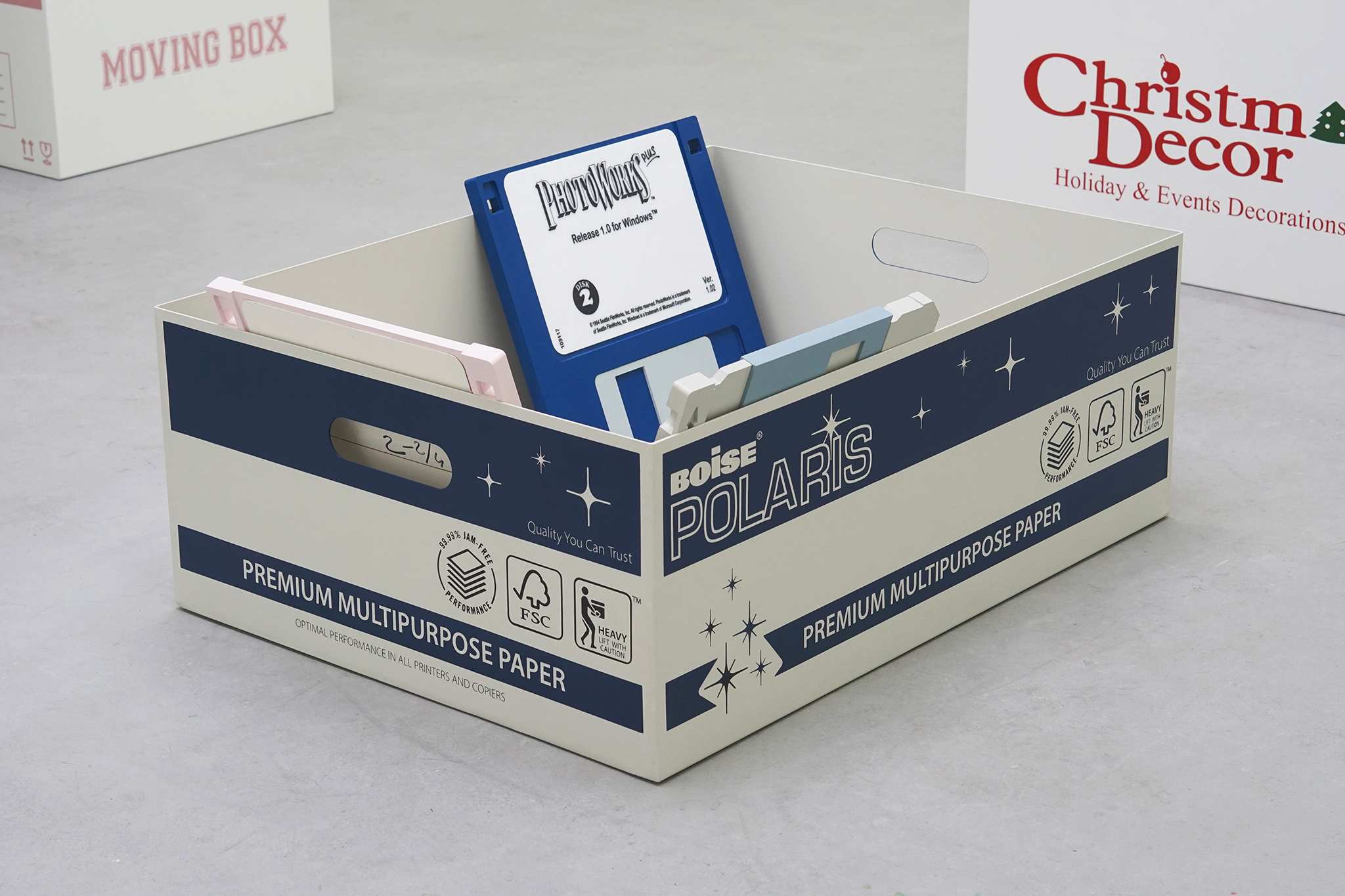
Ruben Mols, "Moving & Storage", Frank Taal Gallery, Rotterdam 2025. Close Up - Attic Memory / Out of Mind.
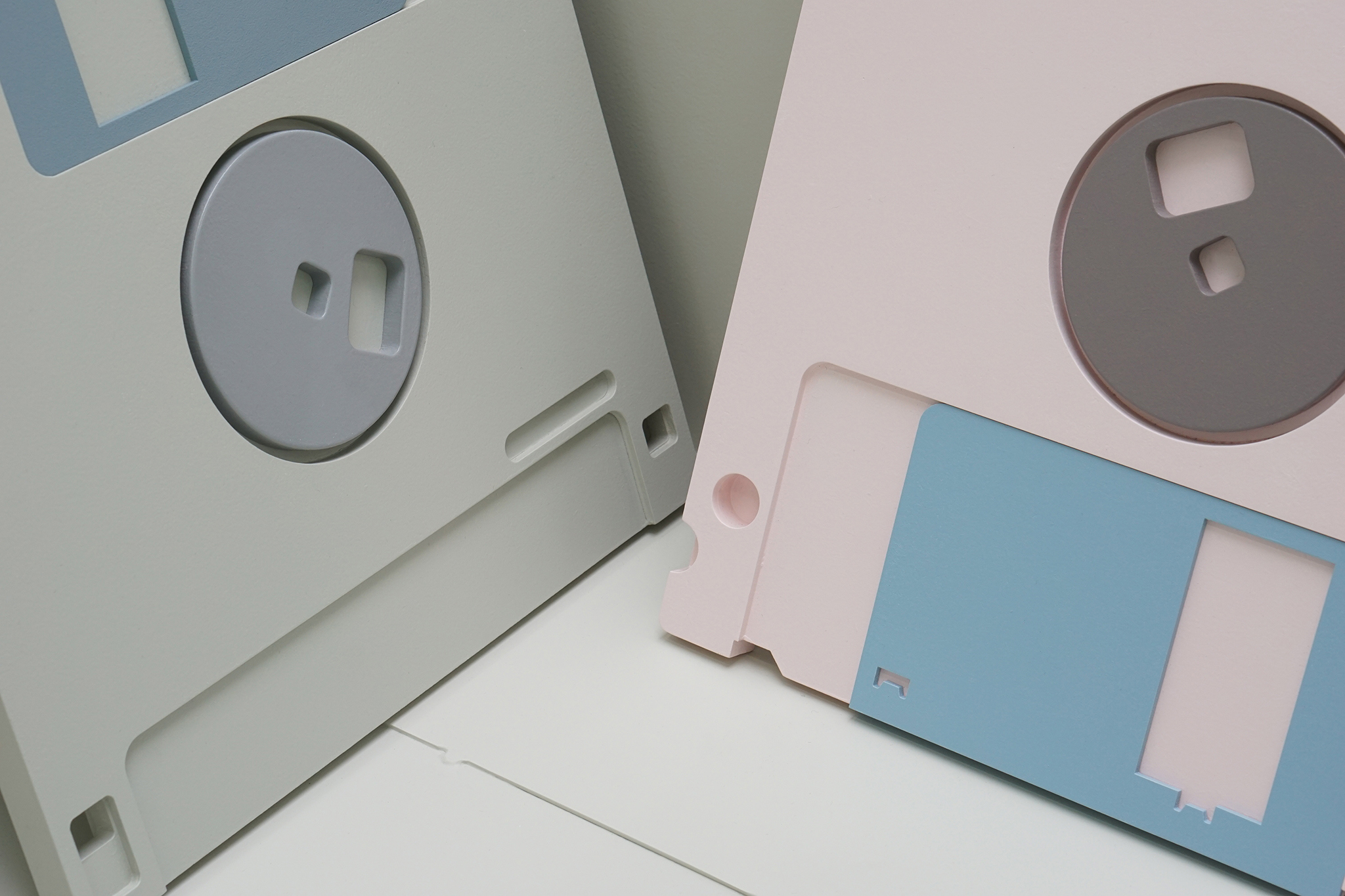
Ruben Mols, "Moving & Storage", Frank Taal Gallery, Rotterdam 2025. Detail - Attic Memory / Out of Mind.
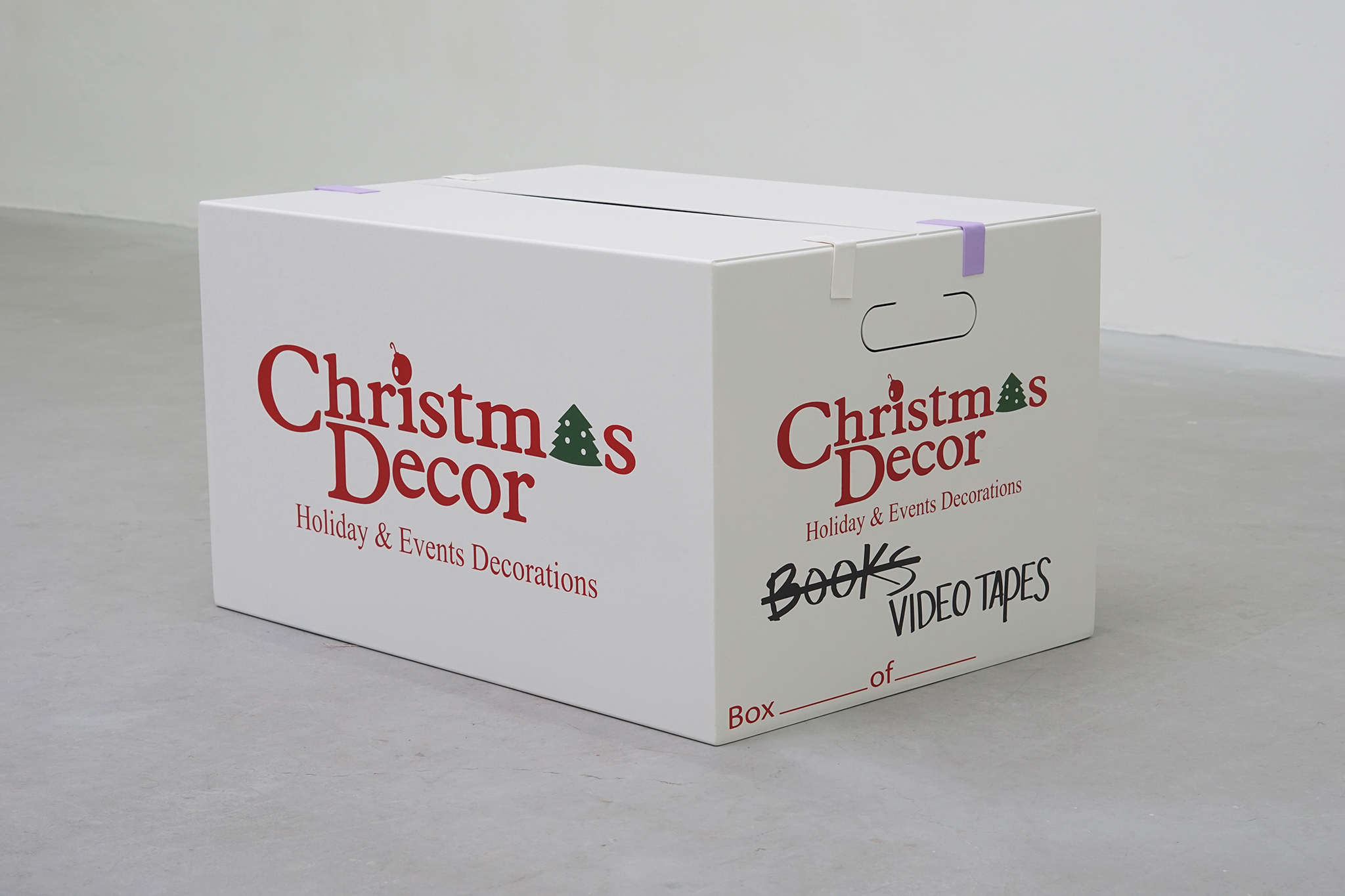
Ruben Mols, "Moving & Storage", Frank Taal Gallery, Rotterdam 2025. Close Up - Attic Memory / Out of Sight.
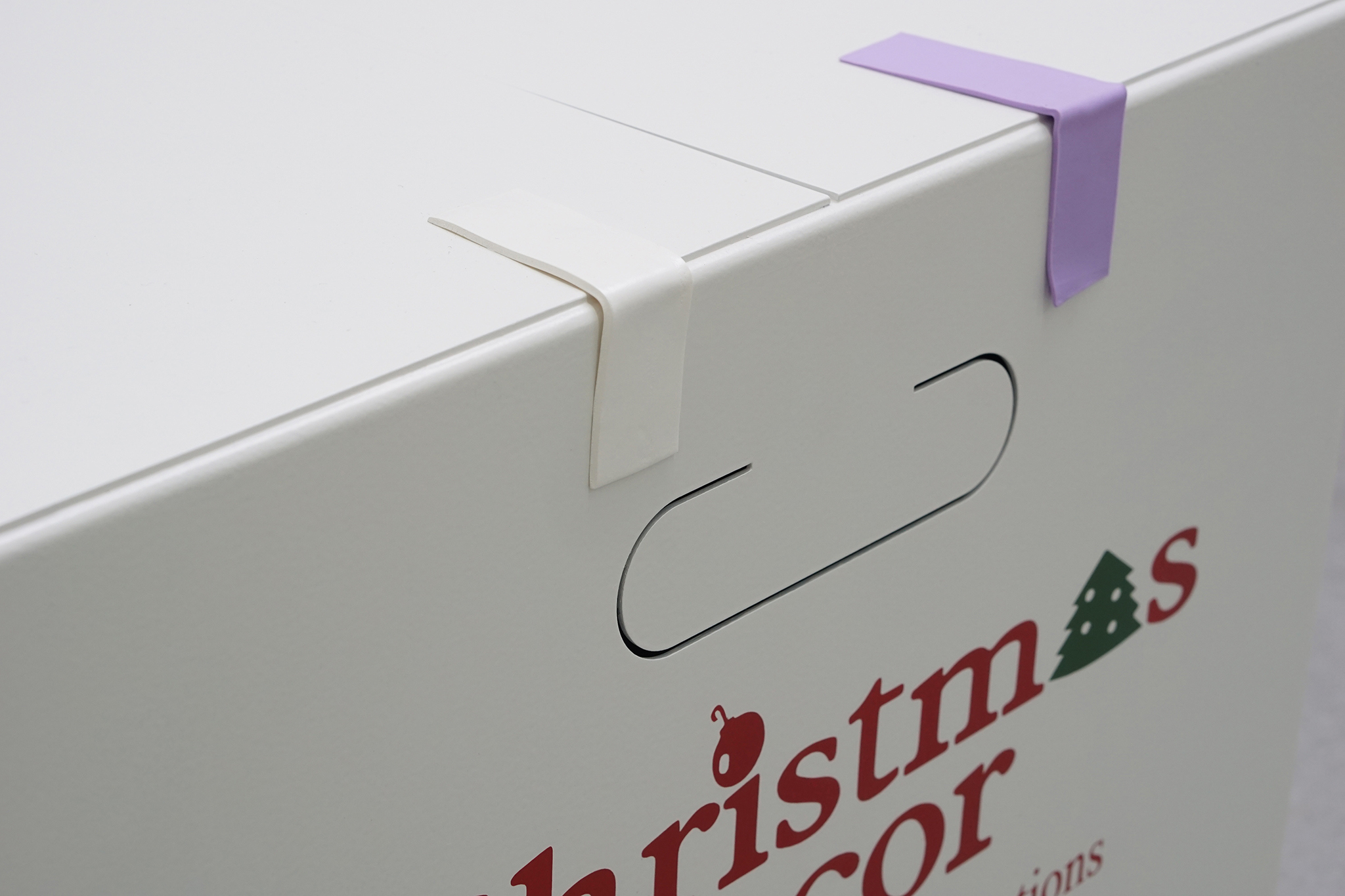
Ruben Mols, "Moving & Storage", Frank Taal Gallery, Rotterdam 2025. Detail - Attic Memory / Out of Sight.
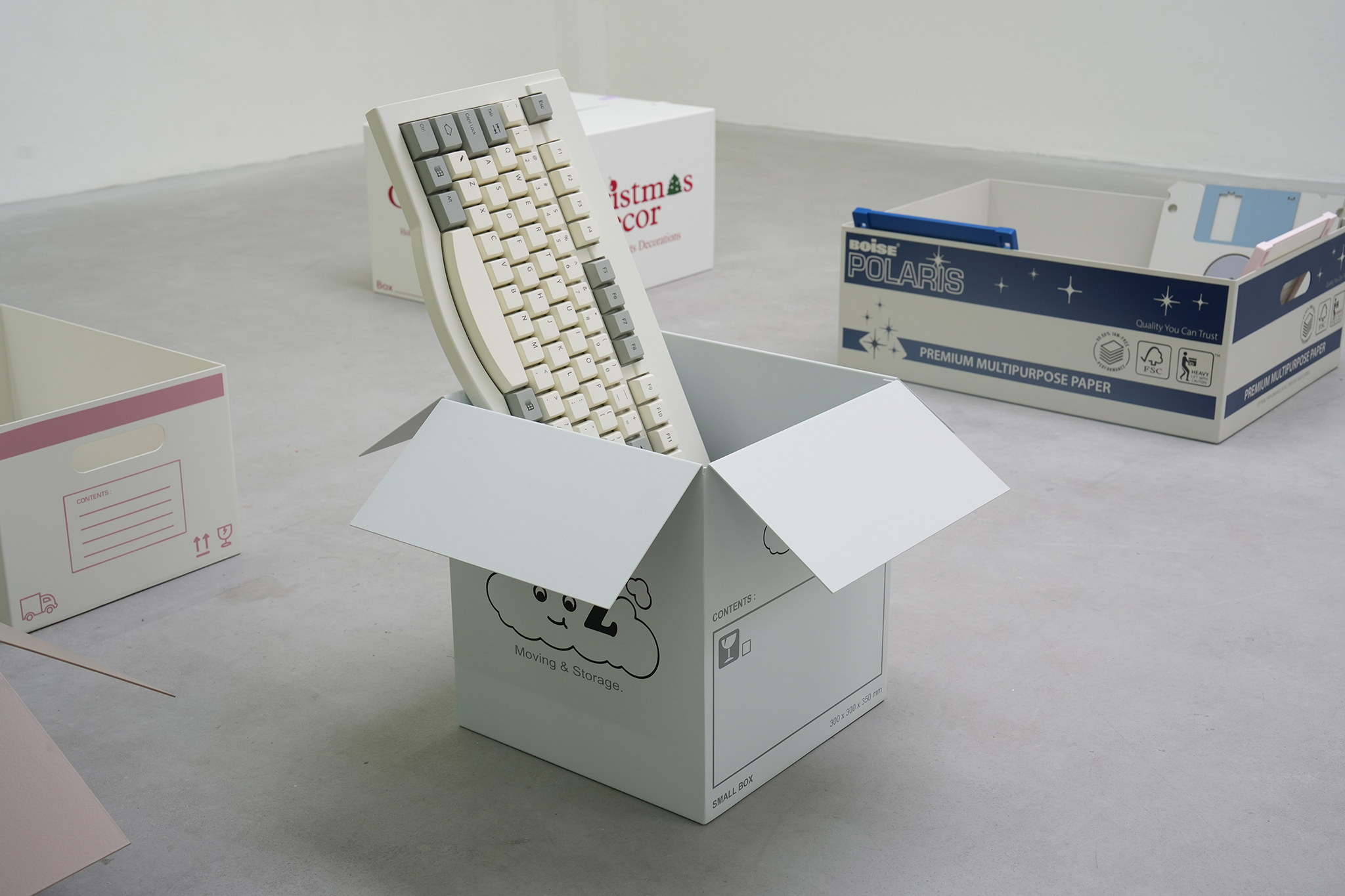
Ruben Mols, "Moving & Storage", Frank Taal Gallery, Rotterdam 2025. Close Up - Attic Memory / Pilgrim.
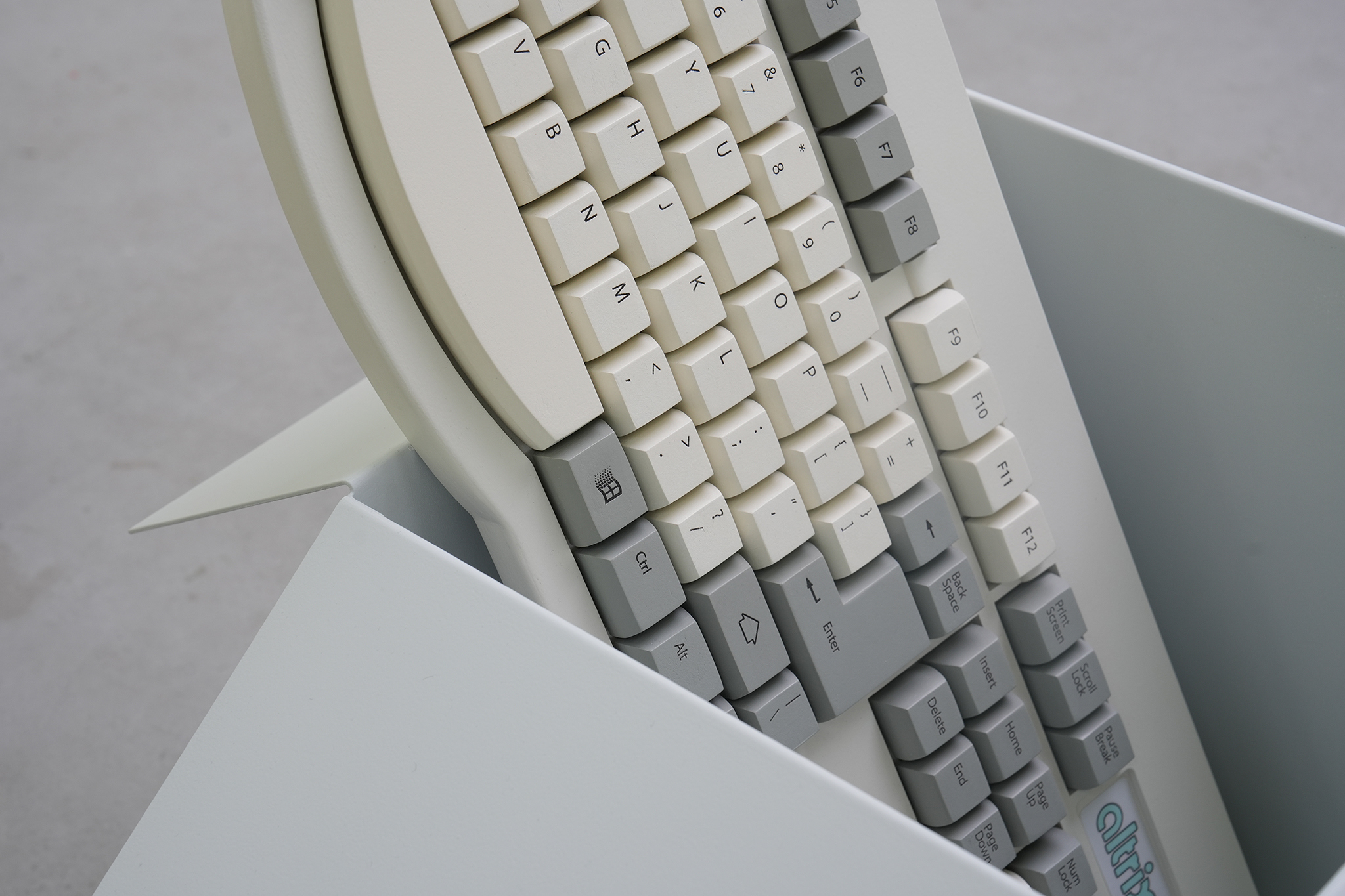
Ruben Mols, "Moving & Storage", Frank Taal Gallery, Rotterdam 2025. Detail - Attic Memory / Pilgrim.
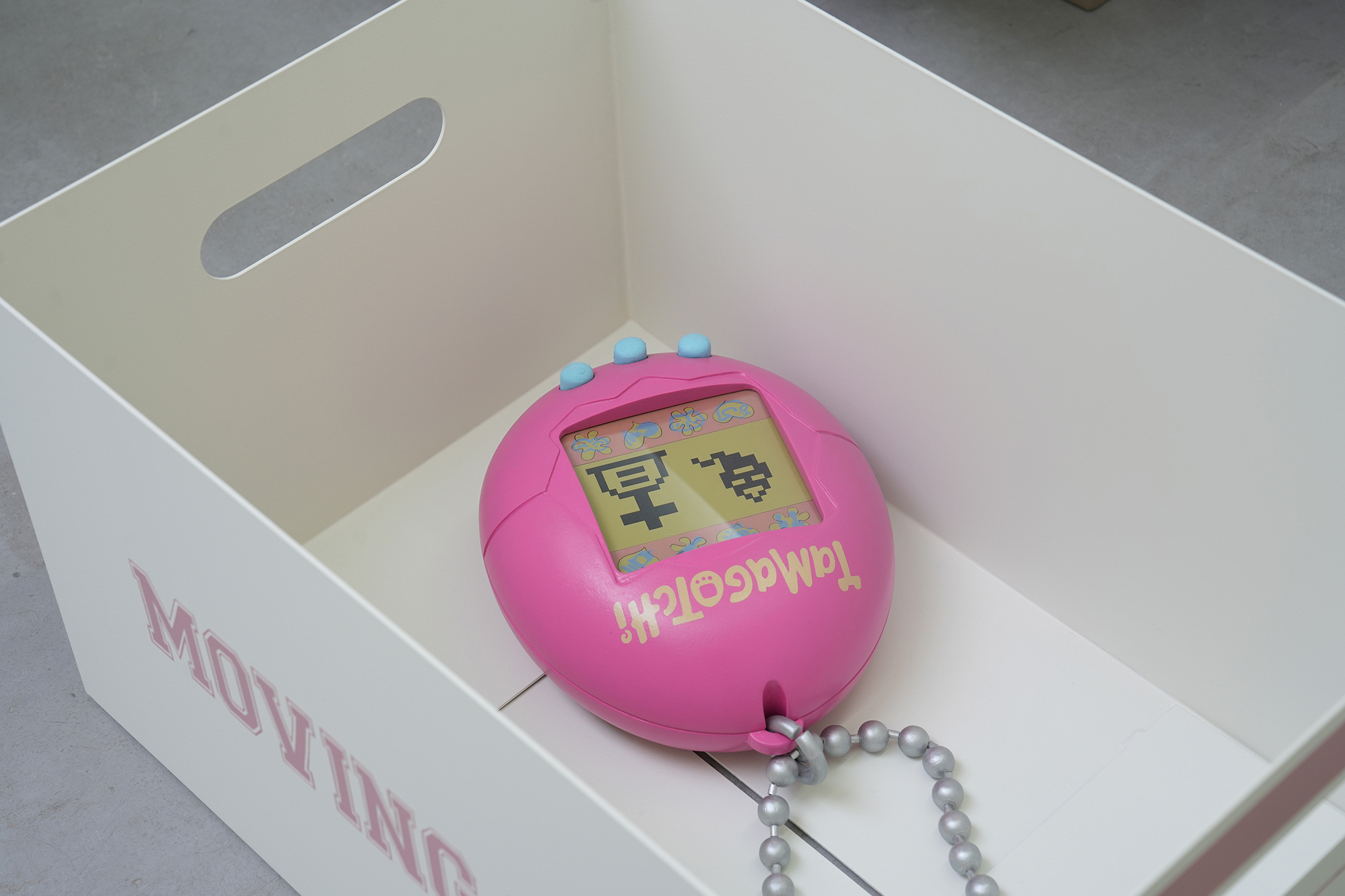
Ruben Mols, "Moving & Storage", Frank Taal Gallery, Rotterdam 2025. Close Up - Attic Memory / Specter.

Ruben Mols, "Moving & Storage", Frank Taal Gallery, Rotterdam 2025. Detail - Attic Memory / Specter.
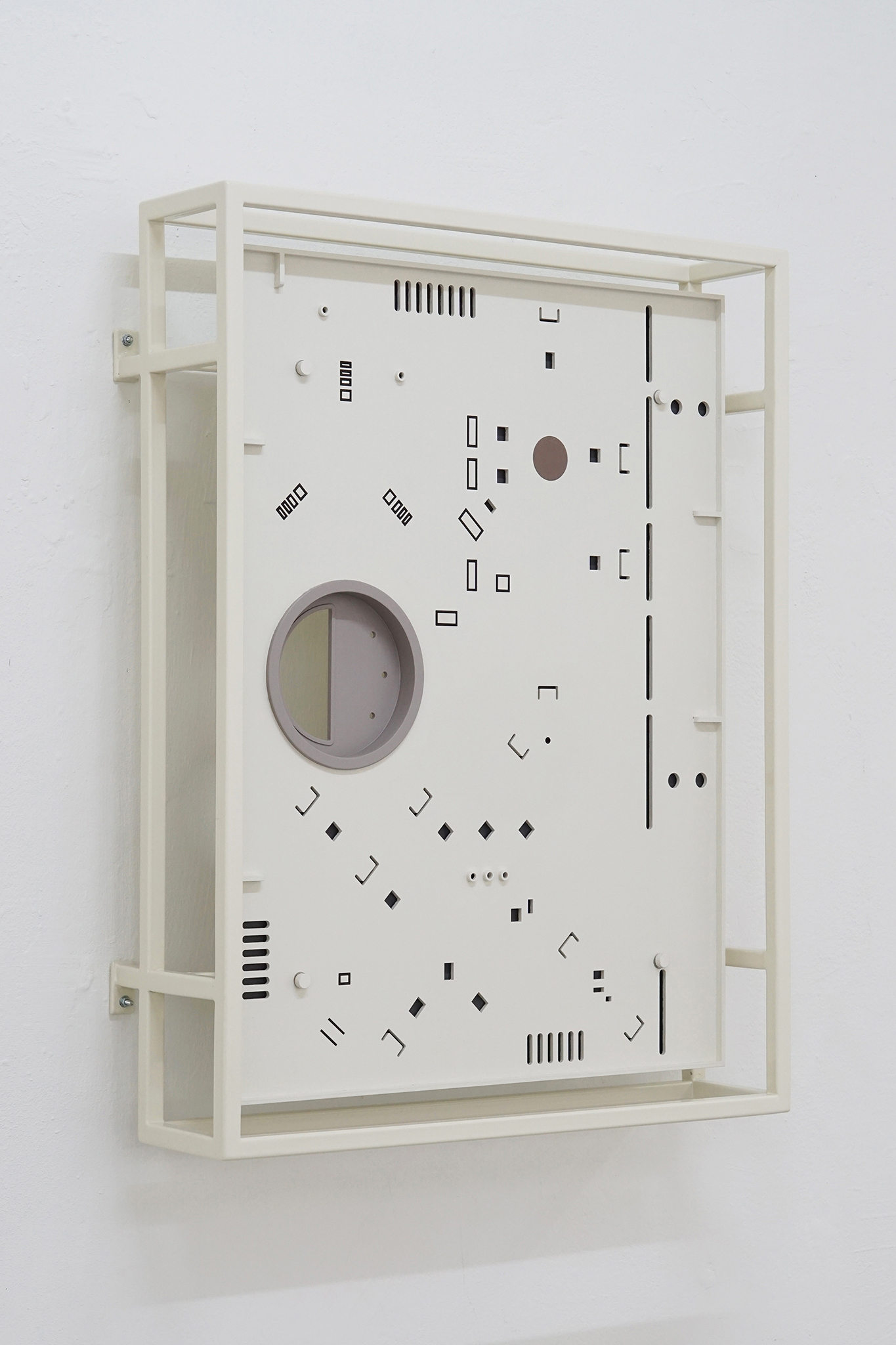
Ruben Mols, "Moving & Storage", Frank Taal Gallery, Rotterdam 2025. Close Up - Bedrock / Conglomerate.
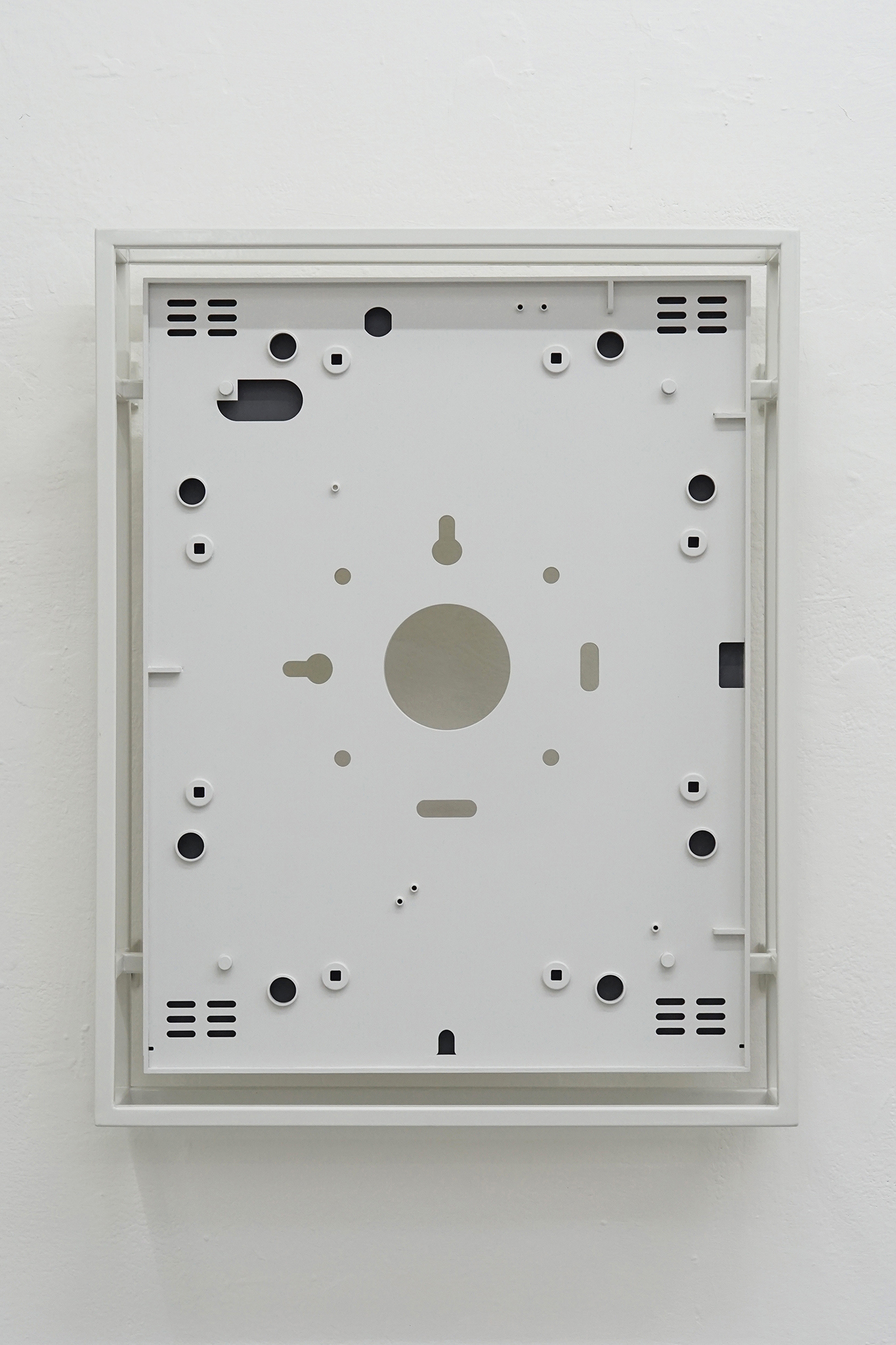
Ruben Mols, "Moving & Storage", Frank Taal Gallery, Rotterdam 2025. Close Up - Bedrock / Diorite.
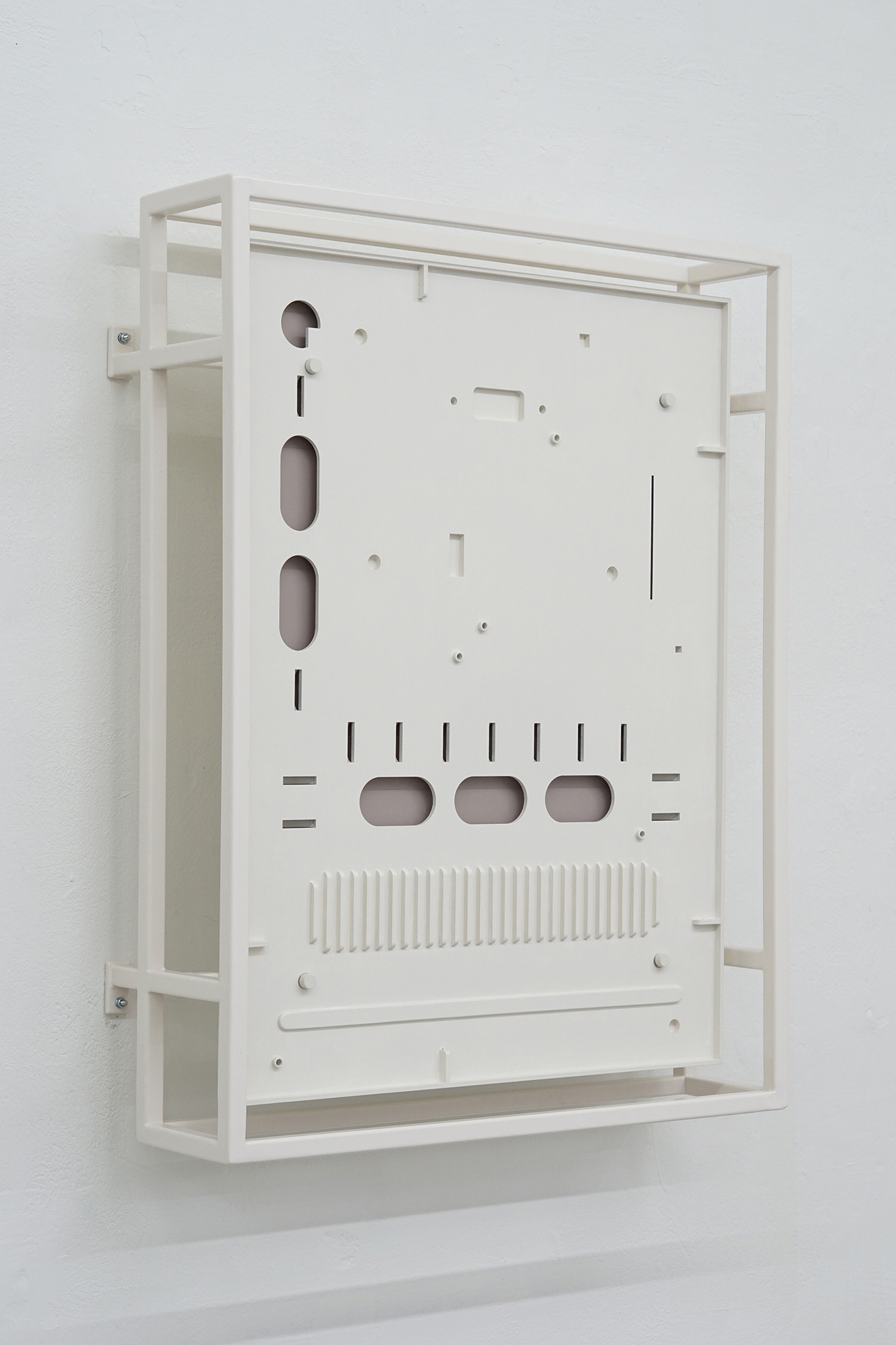
Ruben Mols, "Moving & Storage", Frank Taal Gallery, Rotterdam 2025. Close Up - Bedrock / Quartz.
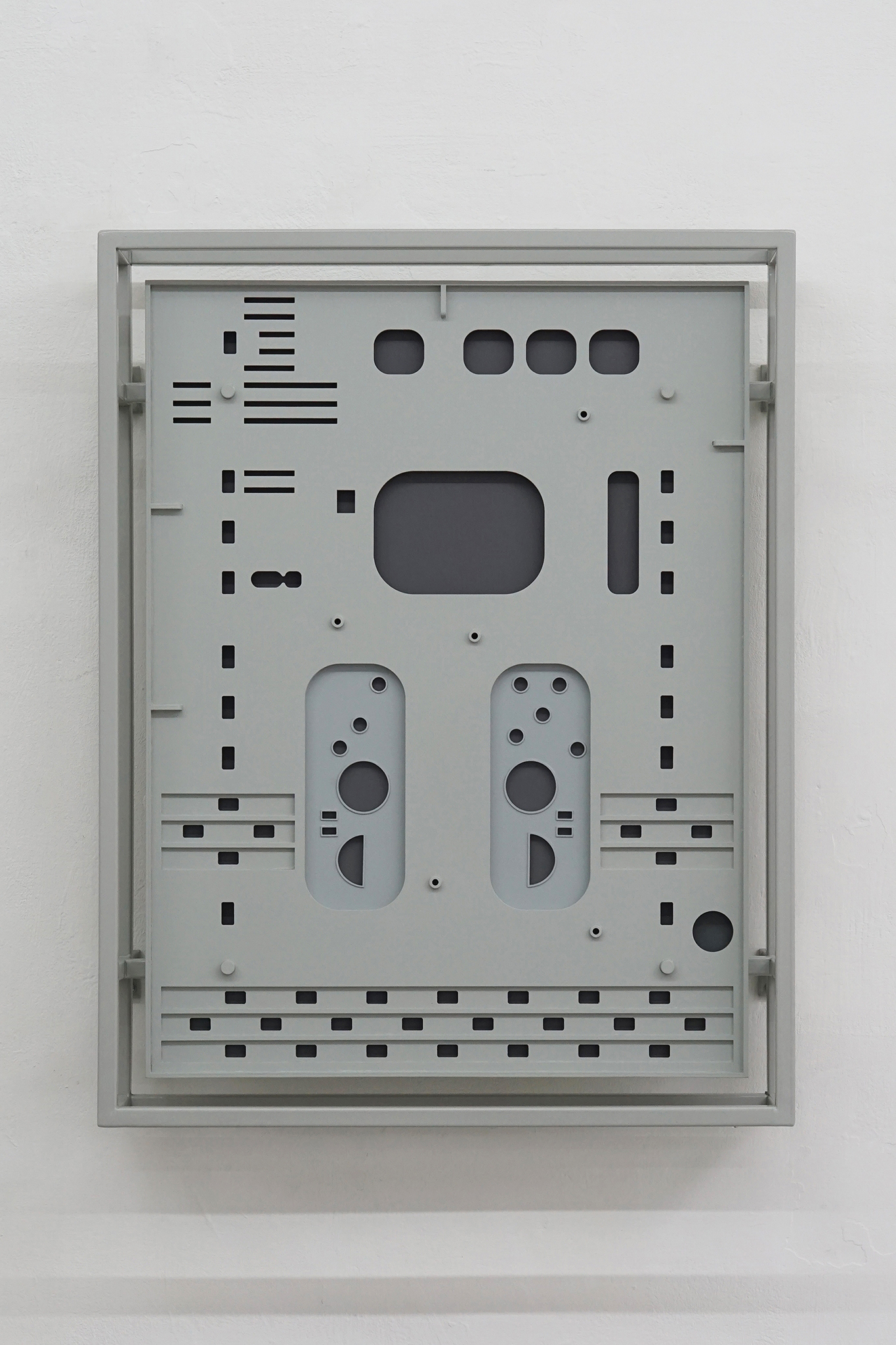
Ruben Mols, "Moving & Storage", Frank Taal Gallery, Rotterdam 2025. Close Up - Bedrock / Slate.
Moving & Storage
Throughout the digital revolution our relationship with technology has shifted from immediate
physical interactions to more abstract digital experiences. Early electronics required direct, hands-on
interaction. Devices like radios, tape recorders or early computers had physical buttons made for
fingers, knobs and dials that users had to manipulate. Pressing a button, turning a dial or inserting a
disk created a clear, tangible connection between the user and the technology. Making the
experience of using technology direct and personal, with a sense of intentionality and control. This
sense of direct contact is lacking in today's touchscreens and prompts. We are gliding over our
smartphones' textureless and smooth surfaces and streaming digital content without the need to
store vinyl records, VHS tapes or CDs. It evokes a disembodied feeling, with technology becoming
more like an invisible force or idea rather than something concrete and physical. What qualities are
lost in transitioning from analogue to digital? And how can the sculptural medium, which traditionally
involves the shaping and manipulation of matter, play a role in reflecting on digital and immaterial
trends?
Ruben Mols explores these questions in his exhibition 'Moving & Storage'. Here, he presents two new
series of sculptures that address the cognitive connection we have with our electronic devices, how
they have changed and, in turn, changed us and the way we act. Both series play with scale and
enlargement, emphasizing physical presence over 'implied' digital function. The works result from an
intricate artistic process that blends the use of industrial techniques and tools with traditional
techniques and material knowledge. This marriage between industrial production and hand-craft
aims to renegotiate the tight-linked relationship between humans and machines. By reinterpreting
familiar and unfamiliar objects and visual languages, Ruben invites the audience to reflect on our
technological environments (past and present) and our expanding technological selves.
